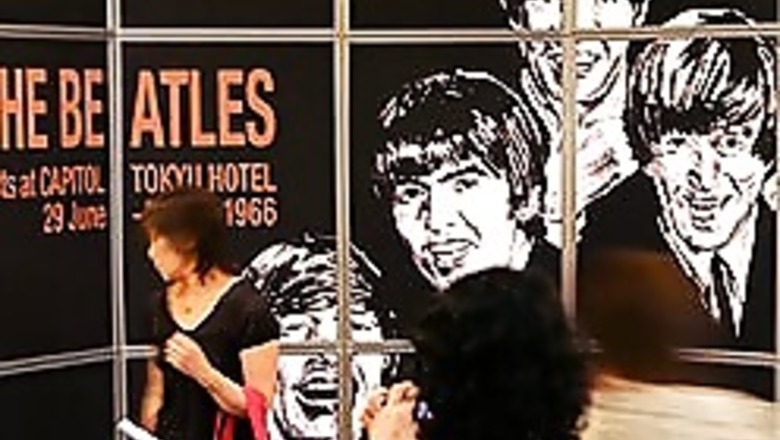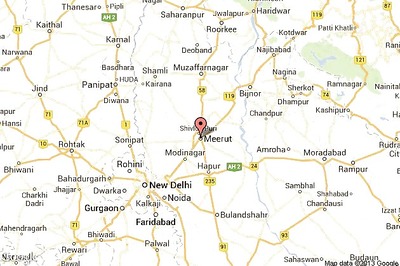
views
Amsterdam: Maharishi Mahesh Yogi, the Indian mystic who taught meditation to the West, inspired the anti-materialism of the late sixties and the music of the Beatles, gaining a hold over the era's most influential stars.
The Beatles - John Lennon, Paul McCartney, George Harrison and Ringo Starr - recorded The White Album immediately after their much-publicised trip to the guru's Indian headquarters in 1968 and many of the songs on the album refer to their experiences there.
Period footage of the four shows them sitting cross-legged, wearing white robes and garlands of flowers and wide-eyed with excitement in the presence of the Maharishi, who died in his Dutch home overnight.
"The Maharishi did have an influence for a time on the Beatles who are, inarguably, the most important group of that decade," said Simon Warner, director of Leeds University's popular music centre. "I don't think we should overstate it... but it was certainly a headline-grabbing moment."
George Harrison led his fellow Beatles to the Maharishi and transcendental meditation after becoming interested in classical Indian music and learning to play the sitar. Harrison was the most permanently influenced by the Maharishi, and his music reflected that for the rest of his life - his biggest hit 'My Sweet Lord' from 1970 encapsulates the world view that he adopted under the guru's guidance.
Huddersfield University music lecturer Rupert Till said Lennon also owed his utopian ideals to the Maharishi.
"Lennon said originally 'I want to play in a rock and roll band' and he wrote songs about girls and cars. Being in India changed his and everybody else's direction."
Lennon's 'Imagine', a utopian and anti-war anthem, was voted Britain's favourite song of all time.
The Beatles' interest in meditation began at a time when all had been experimenting with drugs and it helped them discover a way to explore altered states without using chemicals to do it, Till said, adding this may have spared them the ravages of addiction experienced by some of their peers.
"Harrison played a key role in persuading the others there was a spiritual dimension they should pursue beyond the recording studio," Warner said.
This took them first to Wales in 1967 for a retreat with the Maharishi and then to the foothills of the Himalayas alongside some of the most glamorous stars of the age.
"It was very much like a summer camp," McCartney reminisced in a television documentary.
"The food was impossible for me... so I took two suitcases with me. One with clothes and one with Heinz beans," said Starr.
The growing fame and wealth of the Maharishi eventually led to disillusionment and feelings of exploitation by some of his star followers.
Lennon penned 'Sexy Sadie' as a rebuke to the guru for trying to seduce Prudence, the sister of actress Mia Farrow, both of whom attended the meditation course in India at the same time as the Beatles: "Sexy Sadie, what have you done, you made a fool of everyone."
Several biographies also describe an irritated Lennon when asked by the Maharishi why he was leaving India as saying: "If you're so bloody enlightened, you should already know."
"I think there was a sense that he was a holy man who was commercially exploiting his profile," said Warner. "For a relatively brief period there was this entangling of the musical and the spiritual, but this political shadow fell across the Maharishi... there were questions about his credibility," he added, referring to his failure to condemn outright the Vietnam war.
"The Beatles were somewhat taken in by the Maharishi and ended up feeling rather conned," said Till. However, he added the Maharishi deserved credit for introducing a spiritual element and positive focus into psychedelia, besides the search for drug-induced oblivion.




















Comments
0 comment